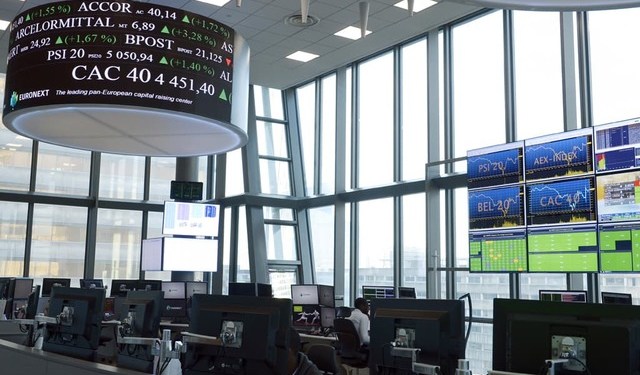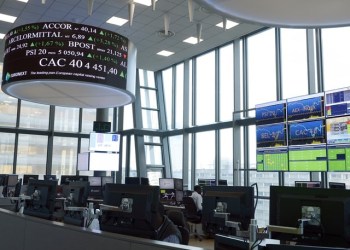
© Reuters.
By Ambar Warrick
Investing.com– Spot gold prices briefly broke below $1,700 on Wednesday after signs of strength in the U.S. economy led to increased expectations that the Federal Reserve will keep raising interest rates at a fast pace.
Spot gold fell as much as 0.5% to $1,699.97, while gold futures fell 0.1% to $1,711.0 by 19:18 ET (23:18 GMT). Both instruments had fallen 0.5% and 0.7% respectively on Tuesday, and were hovering around lows last seen in late July.
Gold faced renewed pressure from strength in the U.S. dollar, which surged on Tuesday after data showed U.S. service sector activity continued to expand in August. The ISM’s non-manufacturing purchasing managers index read 56.9 for August, above expectations of 55.1, and July’s reading of 56.7.
The reading, coupled with positive signals from the job market last week, indicates that the U.S. economy is regaining some strength, giving the Fed more space to raise interest rates sharply.
The dollar index jumped 0.4% to 110.25, an over 20-year high, while dollar index futures also advanced. 10-year U.S. Treasury yields were trading at their highest level in two months, while rates on short-term Treasuries grew.
Investors are now expecting a 72% chance that the Fed will raise interest rates by 75 basis points in September.
Bullion prices have fallen sharply from 2022 peaks as the Fed began raising interest rates this year. Prices of the yellow metal have benefited little from growing safe-haven demand in the face of a potential global economic slowdown. Other precious metals have also seen similar losses this year.
Among industrial metals, copper prices traded flat after logging strong gains earlier this week.
Copper futures rallied nearly 2% earlier after China – the world’s largest importer of the red metal – outlined more stimulus measures to increase economic growth. But the outlook for copper remains constrained by sluggish economic activity across the globe.
China’s manufacturing sector shrank for two consecutive months, and faces continued headwinds from Beijing’s zero-COVID policy.
Source: Investing.com


























